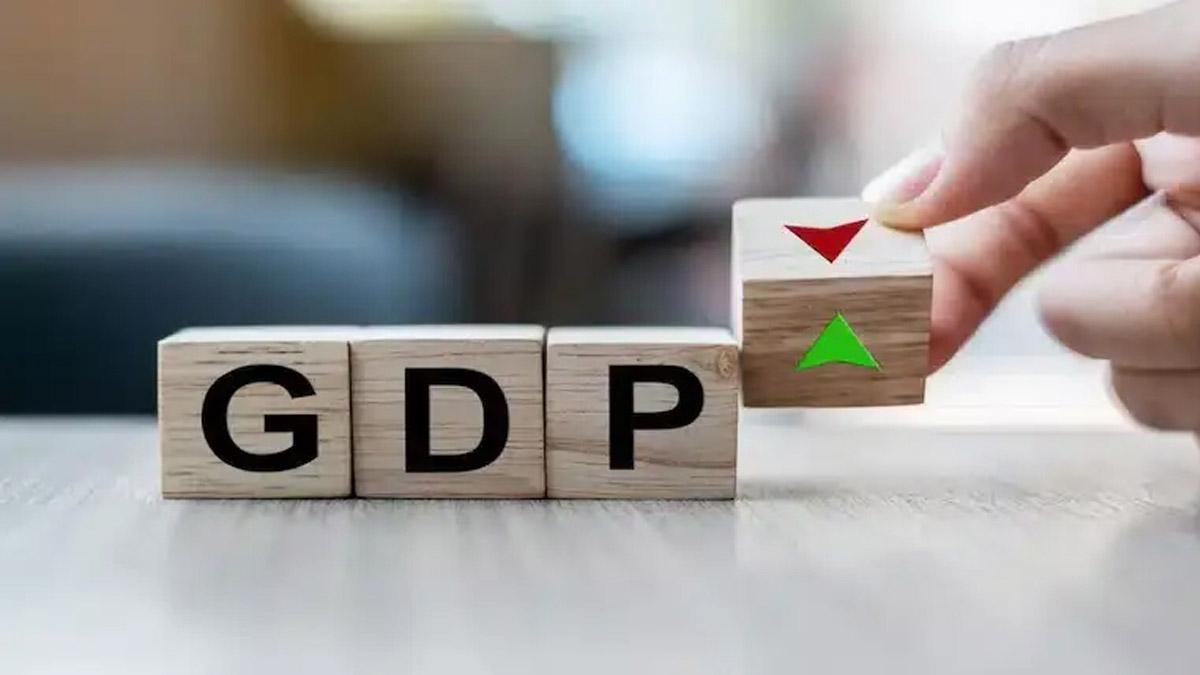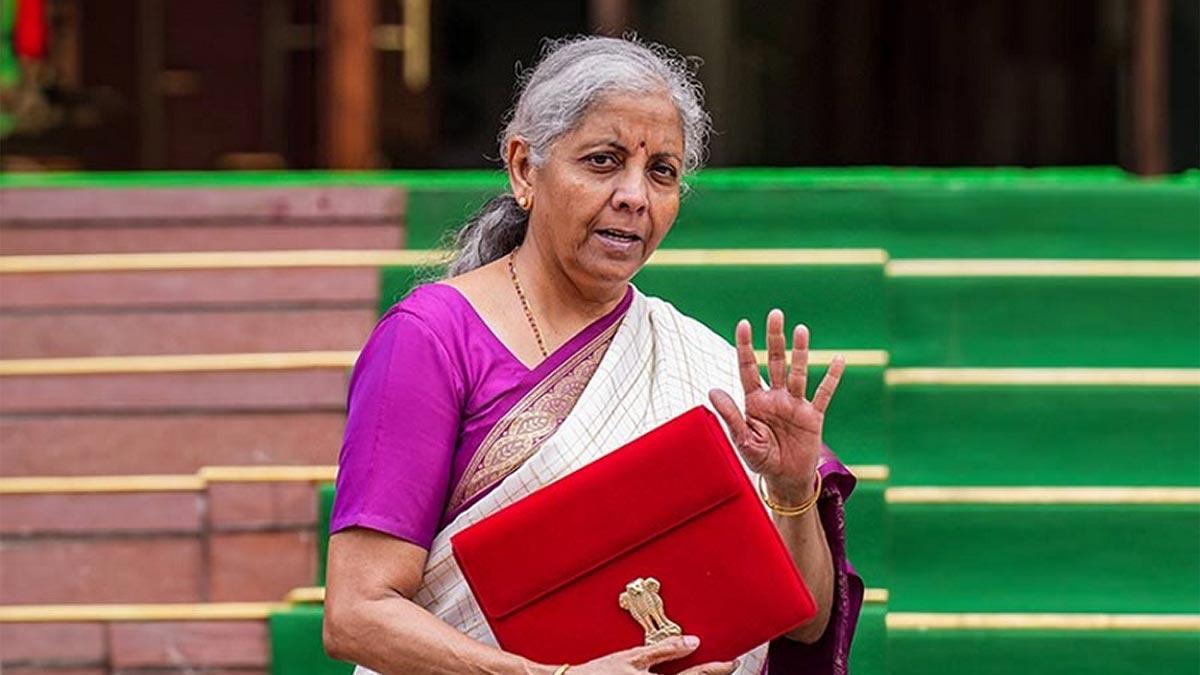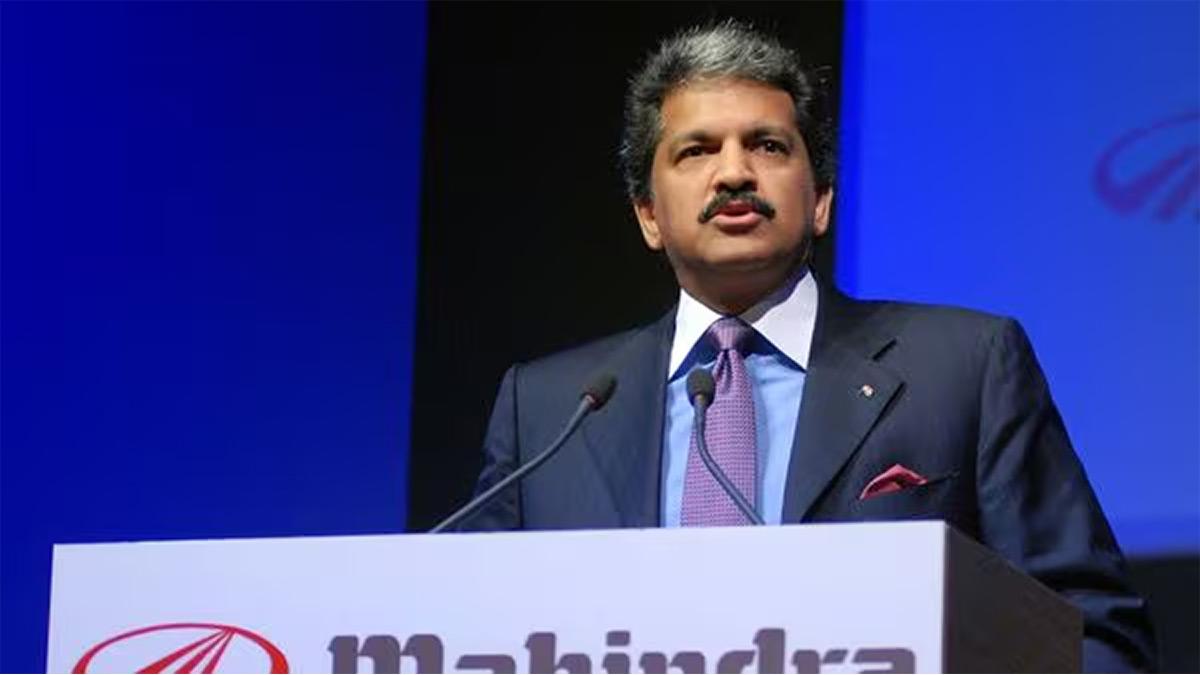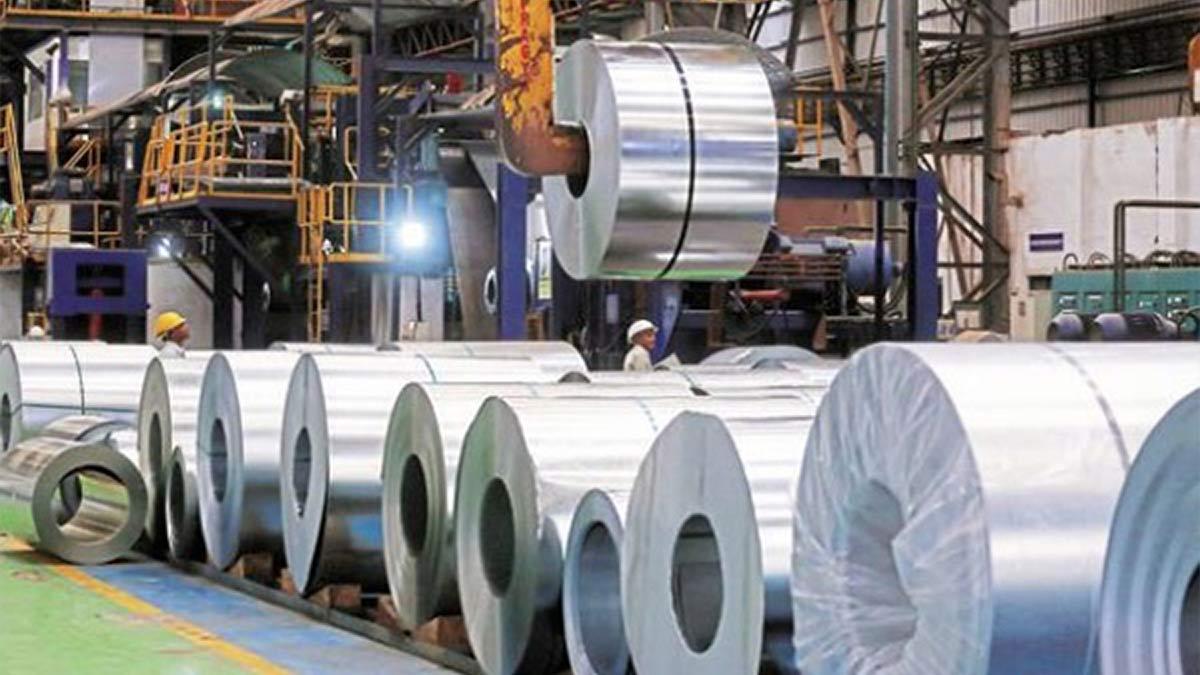India's real GDP is expected to grow at a consistent 6.5% in fiscal year 2026, with or without geopolitical changes and trade disruptions, especially driven by US tariffs, as per a report by Crisil published on Thursday.
The projection is done on the basis of two assumptions: normal monsoon conditions and firm, moderate commodity prices.
The report points out that aspects like softening food inflation, tax relief availed of during the Union Budget 2025-26, and lower borrowing expenses are expected to spur discretionary consumer expenditure.
While fiscal stimulus returns to normal and the effect of a high base wears off, growth is slowly coming back on track at pre-pandemic levels.
While that is happening, high-frequency indicators like the Purchasing Managers Index (PMI) indicate that India remains to lead among major economies.
"India's resilience is being tested again. In recent years, we have built some economic buffers against external shocks—strong economic growth, a managed current account deficit, manageable external public debt, and adequate forex reserves—giving policymakers elbow room," said Amish Mehta, Managing Director and CEO of Crisil.
Even with possible volatility, both urban and rural consumption will be key to driving short-term growth.
"In the medium term, continued investments and efficiency gains will also underpin economic growth. We expect both manufacturing and services to contribute meaningfully to growth through fiscal 2031," Mehta said.
The report estimates that the manufacturing industry will experience an average annual growth of 9.0% from fiscals 2025 to 2031, which is a significant rise from the pre-pandemic decade's average of 6%.
The services sector will remain the major driver of economic growth. Consequently, manufacturing's share in GDP is likely to increase from 17% in fiscal 2025 to 20%.
With inflation easing and fiscal consolidation measures in place, there is scope for policy rate cuts.
"We expect a policy rate reduction of 50-75 basis points in the next fiscal year, although the timing and quantum of US Federal Reserve rate changes and weather-related conditions may affect both the timing and magnitude of these reductions," the report said.
India has built its growth edge over developed countries through massive infrastructure creation and economic reforms, specifically process streamlining.
"Healthy GDP growth, a containable current account deficit, and adequate forex buffers provide macroeconomic stability and policy space. But they do not insulate India from external shocks. In the wake of increased uncertainty following the US-initiated tariff war, threats to the 6.5% growth estimate continue to remain skewed to the downside," warned Crisil's Chief Economist Dharmakirti Joshi.
Read also| India's Manufacturing Growth Slows but Remains Resilient in February: Report


















